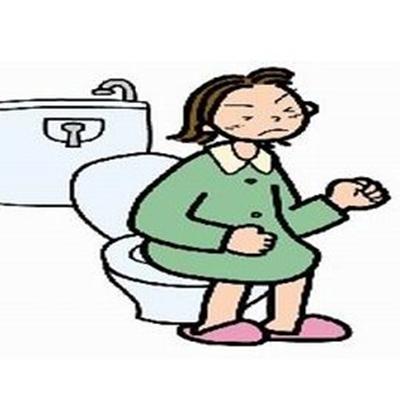What symptom does obstructive nephropathy have?
summary
Obstructive nephropathy is a common cause of renal failure, we need to seize the time to treat, clinical manifestations are different, can be acute critical, or chronic progressive or basic asymptomatic; Complete depending on the cause of obstruction, length of obstruction, acute or chronic, partial or complete, unilateral or bilateral and complications. So what are the symptoms of obstructive nephropathy in patients with disease? Now let's take a concrete look.
What symptom does obstructive nephropathy have?
First: oliguria, anuria or polyuria. Most of them were caused by bilateral complete obstruction, lower abdominal and lumbar pain and acute renal failure. Partial obstruction can cause polyuria. Intermittent obstruction can be repeated oliguria or anuria, followed by obvious polyuria. Especially in patients with previous history of ureteral ligation; Pelvic malignant tumor spread and extended to ureter, and ureteral transplantation was performed recently; Long term bladder neck obstruction, recent ileal bladder reconstruction; The indwelling catheter was not washed, and the retrograde angiography was performed recently.

Second: urination delay, urine flow fine, weak, end point drip, frequent urination, nocturnal urine, * urination, urinary retention, for lower urinary tract obstruction symptoms. It occurs in urethral stricture, prostatic hypertrophy, neurogenic bladder, prostate or bladder tumor invading bladder neck.

Third: pain can be prominent symptoms of urinary tract obstruction, severe renal colic, sharp pain, radiation to vulva and groin. The patient was accompanied by enteroparalysis, which was like acute abdomen. Unilateral obstruction is located at the ureteropelvic junction, or the ureter may be painless, or lumbar dull pain occurs in the water and diuretics. The pain of waist and flank during urination is bladder ureter reflux.

matters needing attention
The urine volume in normal calyces and pelvis is only 5-10ml. After persistent urinary tract obstruction, the upper part of the obstruction was enlarged, the calyces and pelvis were significantly enlarged, the renal medulla was destroyed, and the cortex was thin and sclerotic.















